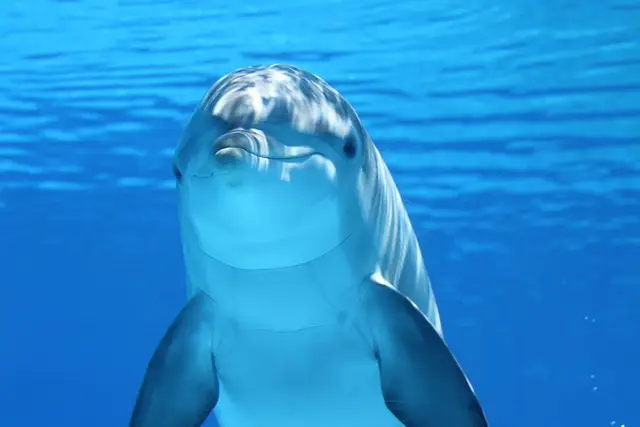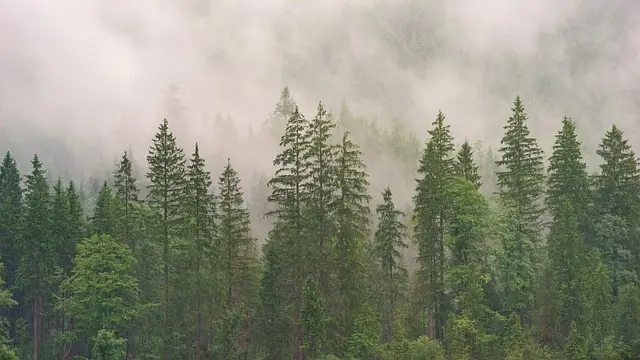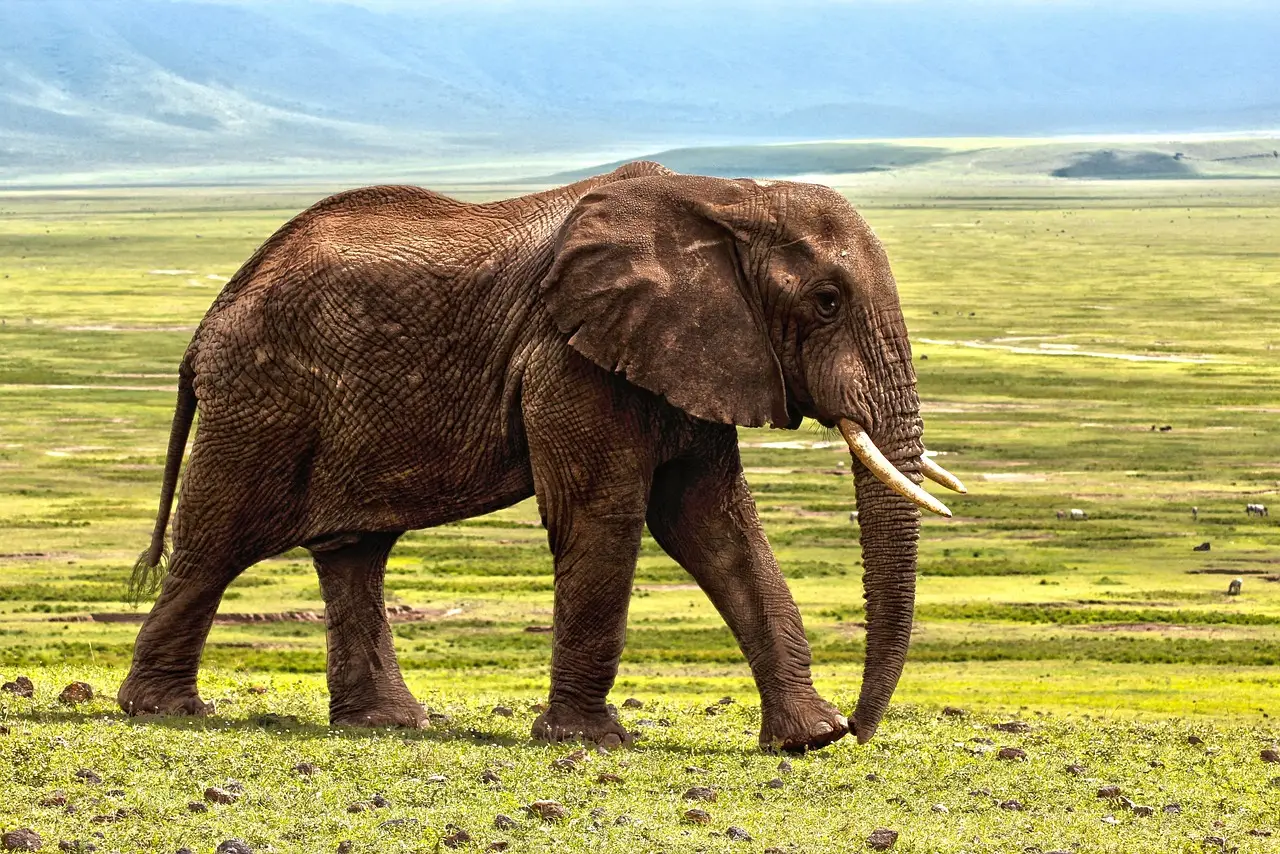
Arctic Animals - Polar Wildlife Sounds & Calls
Discover the fascinating world of animal habitats in arctic ecosystems. Explore the remarkable world of arctic animals and their unique polar vocalizations. Arctic animals like walruses and penguins have adapted specialized calls for extreme cold environments. Discover authentic arctic animals sounds from the frozen wilderness.
Arctic Soundscape
The stark beauty of polar sounds with ice cracking, wind, and arctic animal calls
Animals in Arctic Habitats
Explore 2 fascinating species that thrive in these animal habitats. Each creature has adapted uniquely to survive and communicate in this ecosystem.
Loading animals from these animal habitats...
Arctic Habitat Characteristics
These animal habitats are defined by unique environmental conditions that shape the lives of countless species.
Frozen Wilderness
Extreme cold and vast ice-covered terrain create unique environments where arctic animals survive temperatures dropping to -40°C with specialized adaptations.
Polar Day-Night Cycles
Seasonal daylight variations from 24-hour darkness to midnight sun dramatically affect arctic animals behavior and communication patterns.
Cold-Climate Adaptations
Arctic animals have evolved thick fur, blubber layers, and specialized vocalizations that work effectively in freezing polar conditions.
Enhanced Sound Transmission
Cold, dense air allows arctic animals sounds to travel farther and clearer, enabling long-distance communication across ice fields.
Resource-Limited Environment
Scarce vegetation and concentrated food sources create competitive environments where arctic animals rely on acoustic communication for survival.
Ice-Dependent Ecosystems
Many arctic animals depend entirely on sea ice for hunting, breeding, and migration, making them vulnerable to climate changes.
Environmental Conditions
Understanding the climate helps explain how animals in these animal habitats have evolved their unique vocalizations.
Temperature Range
-40°C to 10°C (extremely cold)
Average temperature conditions in these animal habitats
Humidity Level
60-80% (ice and snow)
Moisture levels that influence animal behavior and sounds
Precipitation
100-400mm (mostly snow)
Rainfall patterns affecting ecosystem dynamics
Ecosystem Wonders
Discover the extraordinary features that make these animal habitats unique ecosystems where wildlife thrives and communicates.
Frozen Wilderness
Extreme cold and vast ice-covered terrain create unique environments where arctic animals survive temperatures dropping to -40°C with specialized adaptations.
Polar Day-Night Cycles
Seasonal daylight variations from 24-hour darkness to midnight sun dramatically affect arctic animals behavior and communication patterns.
Cold-Climate Adaptations
Arctic animals have evolved thick fur, blubber layers, and specialized vocalizations that work effectively in freezing polar conditions.
Enhanced Sound Transmission
Cold, dense air allows arctic animals sounds to travel farther and clearer, enabling long-distance communication across ice fields.
Resource-Limited Environment
Scarce vegetation and concentrated food sources create competitive environments where arctic animals rely on acoustic communication for survival.
Ice-Dependent Ecosystems
Many arctic animals depend entirely on sea ice for hunting, breeding, and migration, making them vulnerable to climate changes.
Protecting Arctic Habitats
These precious animal habitats face increasing environmental threats. Understanding conservation challenges helps protect wildlife ecosystems.
Environmental Threats
Critical challenges facing ecosystems
Climate change and ice melting
Climate change and ice melting
Ocean warming and acidification
Ocean warming and acidification
Pollution from distant sources
Pollution from distant sources
Shipping and industrial noise
Shipping and industrial noise
Habitat loss from ice reduction
Habitat loss from ice reduction
Conservation Efforts
Protecting our natural world
Arctic animals face unprecedented threats with sea ice melting at 13% per decade, threatening polar species survival. Conservation efforts focus on protecting arctic animals through reduced greenhouse gas emissions, marine protected areas, and satellite monitoring of arctic animals populations. Supporting indigenous communities helps preserve arctic animals habitats and traditional knowledge essential for arctic animals conservation and climate health indicators.
How You Can Help
Discover Other Animal Habitats
Continue your journey through diverse animal habitats around the world. Each ecosystem offers unique wildlife sounds and fascinating species.

Ocean
Ocean animals and their marine vocalizations

Forest
Forest animals and their woodland vocalizations

Savanna
Savanna animals and their grassland vocalizations